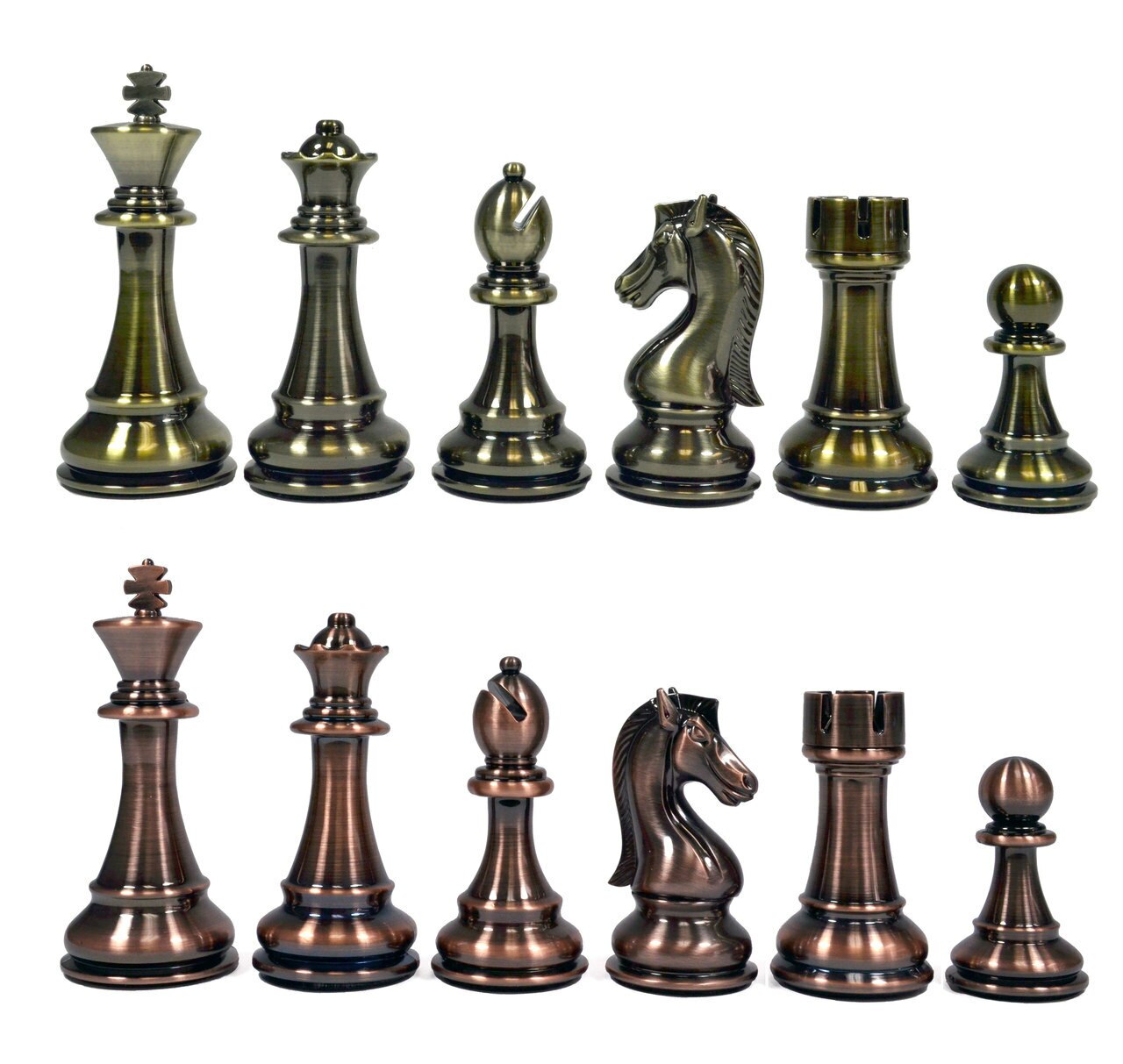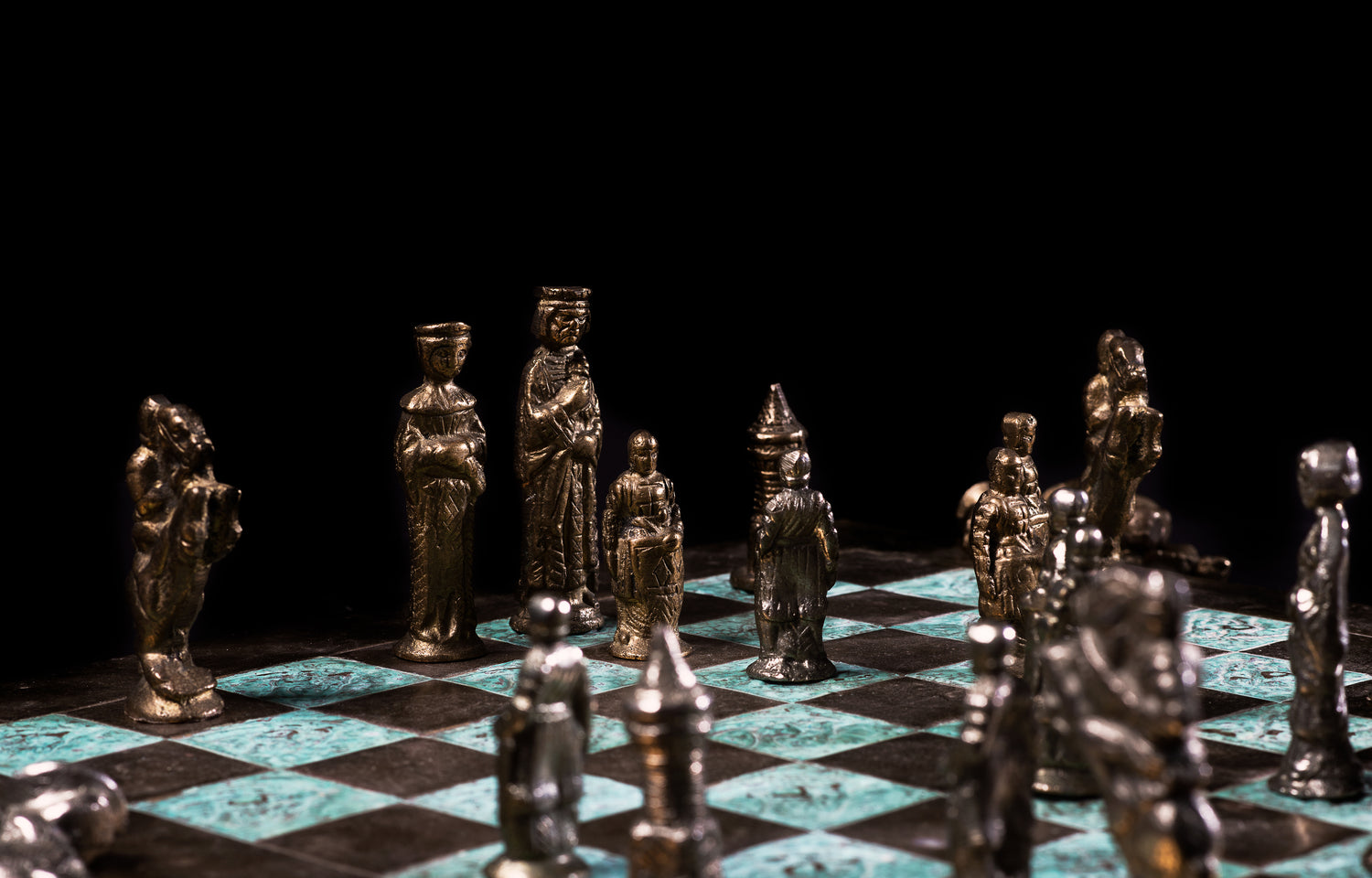Introduction: Why Focus on Individual Chess Pieces?
Many chess players, especially beginners, often overlook the importance of understanding each chess piece's unique capabilities. While overall strategy and tactics are crucial, mastering individual pieces is fundamental to becoming a proficient player. This guide delves into the world of training chess pieces, focusing on how to maximize their potential and integrate them into a cohesive game plan.
Understanding the Chessboard and Piece Setup
Before diving into specific training techniques, it's essential to have a solid grasp of the chessboard layout and the initial placement of each piece. The chessboard consists of 64 squares arranged in an 8x8 grid, alternating between light and dark colors. Each player starts with 16 pieces: a king, a queen, two rooks, two knights, two bishops, and eight pawns. Knowing the standard setup is the first step toward masteringchess game.
The Power of the Pawn: More Than Just Cannon Fodder
Pawns are often underestimated, but they are the backbone of any solid chess strategy. They control key squares, create pawn structures, and can even be promoted to more powerful pieces. Training with pawns involves understanding their movement (one square forward, two on the first move, diagonally to capture), their weaknesses (can't move backward), and their potential for endgame dominance.
- Pawn Drills: Practice pawn pushes to control the center, create passed pawns, and support other pieces.
- Endgame Studies: Analyze pawn endgames to understand king activity and pawn breakthroughs.
- Tactical Opportunities: Look for opportunities to sacrifice pawns to open lines for your major pieces.
The Knight's Unconventional Movement
The knight is the only piece that can jump over other pieces, making it a unique and valuable asset. Its L-shaped movement allows it to reach squares that other pieces cannot, making it particularly effective in closed positions. Training with knights involves visualizing their potential moves and understanding their strengths and weaknesses.
- Knight Forks: Practice identifying and executing knight forks, where a knight attacks two or more pieces simultaneously.
- Outpost Squares: Secure outpost squares (squares that cannot be attacked by enemy pawns) for your knights.
- Knight vs. Bishop Endgames: Understand the dynamics of knight vs. bishop endgames, where the value of each piece depends on the position.
The Bishop's Diagonal Dominance
Bishops control long diagonals and are particularly effective in open positions. Each player starts with two bishops: one on a light square and one on a dark square. Training with bishops involves coordinating their movements and understanding their strategic value.
- Bishop Pairs: Utilize the power of the bishop pair, where two bishops control both light and dark squares, creating a formidable attacking force.
- Pinning and Skewering: Practice pinning and skewering enemy pieces with your bishops to gain a tactical advantage.
- Good vs. Bad Bishops: Assess the value of your bishops based on the pawn structure. A "good" bishop is one that is not obstructed by its own pawns, while a "bad" bishop is.
The Rook's Straightforward Power
Rooks are powerful pieces that control open files and ranks. They are particularly effective in the endgame when the board is more open. Training with rooks involves understanding their coordination and strategic placement.
- Open Files: Control open files with your rooks to exert pressure on the enemy position.
- Rook Endgames: Master rook endgames, which are common and often decisive.
- Rook Lifts: Practice rook lifts, where you move your rook from the back rank to a more active position.
The Queen: The Most Powerful Piece
The queen combines the powers of the rook and bishop, making it the most versatile and powerful piece on the board. However, its high value also makes it a prime target for attack. Training with the queen involves understanding its strengths and weaknesses and using it wisely.
- Queen Sacrifices: Look for opportunities to sacrifice your queen for a decisive advantage.
- Queen Coordination: Coordinate your queen with other pieces to create powerful attacks.
- Early Queen Development: Avoid developing your queen too early in the game, as it can become a target for attack.
The King: Protecting the Monarch
The king is the most important piece in chess, as its capture results in checkmate and the end of the game. Protecting your king is paramount, especially in the opening and middlegame. Training with the king involves understanding its vulnerabilities and learning how to keep it safe.
- Castling: Castle early in the game to protect your king and develop your rooks.
- King Safety: Create a safe haven for your king by surrounding it with pawns and pieces.
- King Activity in the Endgame: Activate your king in the endgame to support your pawns and attack the enemy king.
Integrating Piece Training into Your Chess Game
Mastering individual chess pieces is just the first step. The ultimate goal is to integrate your knowledge of each piece into a cohesive and effective game plan. This involves understanding how the pieces interact with each other, how to coordinate their movements, and how to use them to achieve your strategic goals. Remember that thechess game is won by checkmating the opponent.
Conclusion: Continuous Learning and Improvement
Training chess pieces is an ongoing process. As you improve your understanding of each piece, you'll be able to develop more sophisticated strategies and tactics. Continue to study the games of master players, analyze your own games, and practice regularly. With dedication and perseverance, you can master thechess game one piece at a time.

